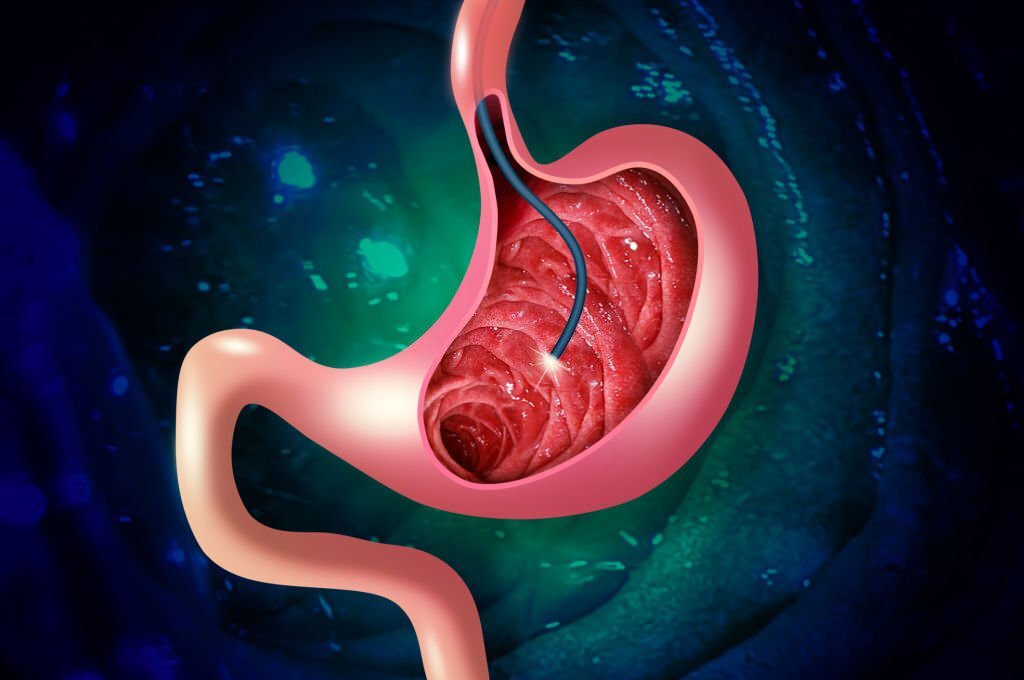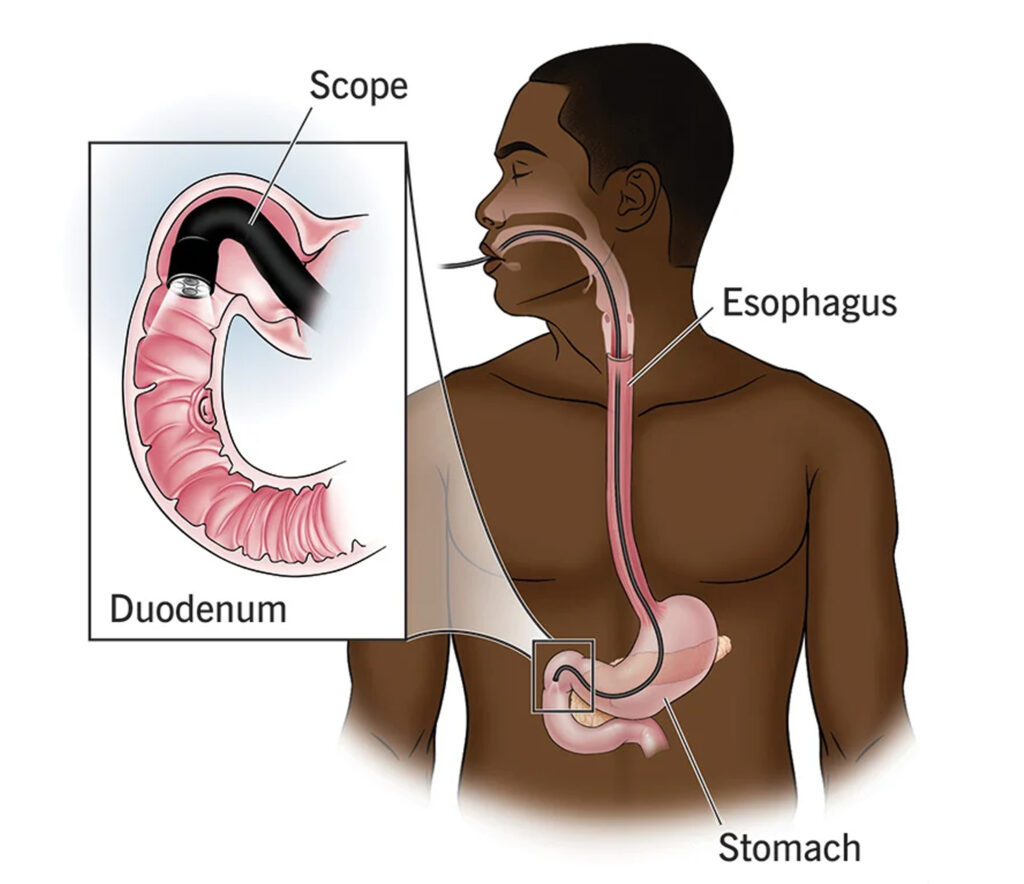Gastrointestinal Endoscopy


Gastrointestinal Endoscopy
Gastrointestinal endoscopy is a low-impact procedure that enables medical professionals to observe and analyze the gastrointestinal (GI) tract through the utilization of an endoscope—a lengthy, adaptable tube affixed with a light source and camera.
What is Endoscopy ?
Endoscopy serves as a means to inspect the small intestine, an area often challenging to access using alternative endoscopic techniques. Various approaches, such as balloon-assisted endoscopy and double-balloon endoscopy, facilitate deeper penetration of the endoscope into the small intestine. Through endoscopy, the identification and management of conditions such as bleeding, inflammation, tumors, and polyps within the small bowel are made possible.

Within an endoscopic procedure, the endoscope is introduced through a naturally occurring body aperture (such as the mouth or anus) or minor incisions. The visual data acquired through the camera enables the physician to observe and assess internal structures, conduct biopsies, eliminate anomalous tissue, or carry out any essential interventions.
Typically deemed safe, endoscopy does entail certain potential risks, including bleeding, infection, perforation, or unfavorable responses to anesthesia or sedation. Your healthcare provider will engage in a conversation regarding the advantages and potential drawbacks of endoscopy before the procedure takes place.
Upper gastrointestinal endoscopy (Esophagogastroduodenoscopy or EGD)
This procedure examines the upper part of the GI tract, including the esophagus, stomach, and duodenum (the first part of the small intestine).
It is commonly used to investigate symptoms like persistent heartburn, difficulty swallowing, abdominal pain, and gastrointestinal bleeding, and to screen for conditions like ulcers, inflammation, tumors, and precancerous changes.
